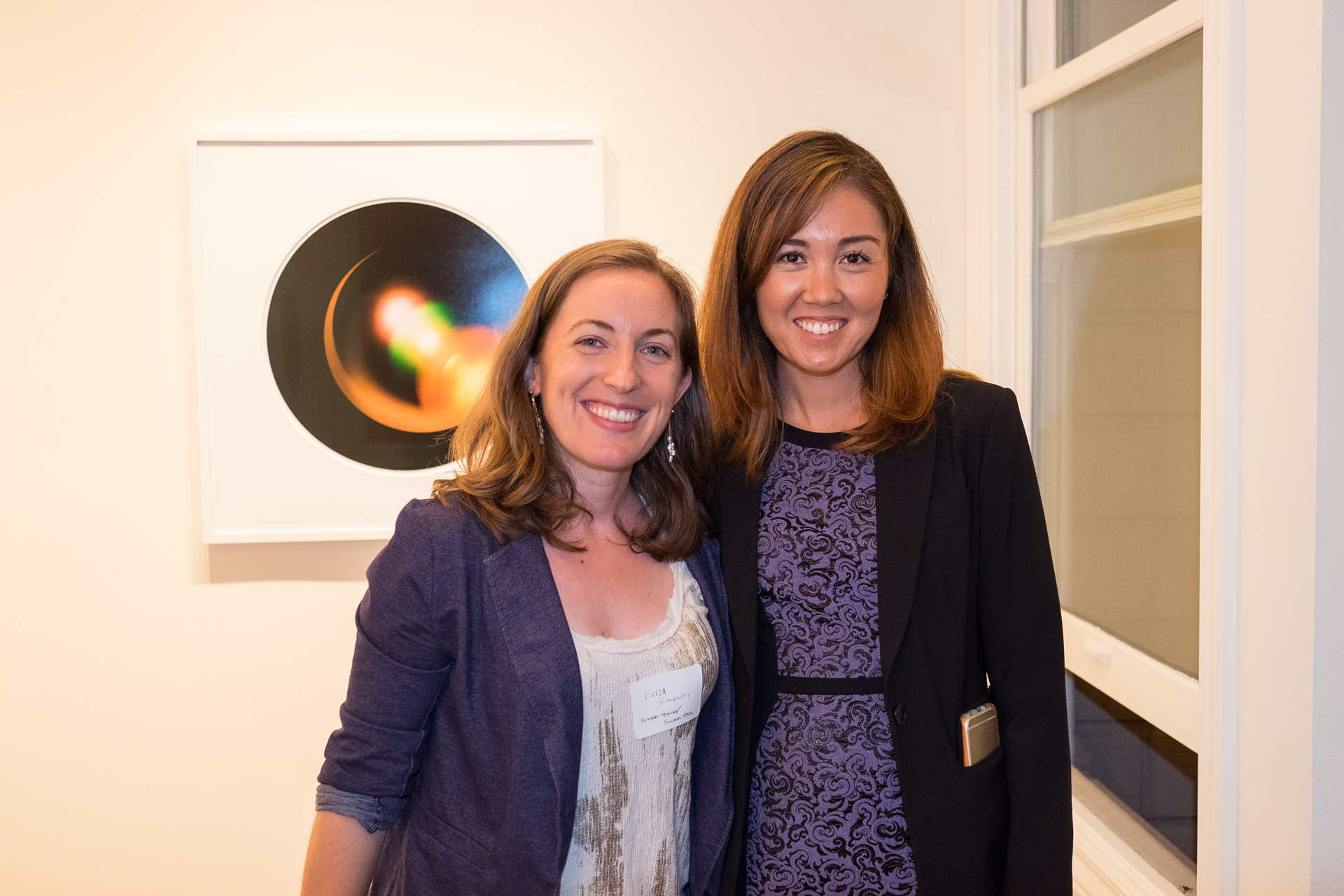
Founders Network had the pleasure of hosting 1-1 Investor Office Hours with Forbes Midas List of Top Venture Capitalists, Howard Hartenbaum of August Capital. As an [fn]Investor, Howard has been a regular mentor to Founders Network members and offered plenty of great advice. This time, FN’ers Jeremy Clement of Project Expedition, Hubert Palan of Product Board, Lee Loughnane of SocialSource, Lee Shirani of Storied and Samar Birwadker of Good.co took advantage of Howard’s vast expertise in venture analysis to get unfiltered feedback on their startups.
“Advice, like bourbon, is always best straight up.”
-@clement_jeremy @ProjExpedition
Jeremy Clement of ProjectExpedition thoroughly enjoyed the session. “Advice, like bourbon, is always best straight up, and that is how Howard gives it. He was attentive throughout my pitch, and he followed up with a generous serving of wisdom. He validated my strengths and advised on the things I should improve before my next pitch. It was refreshing to get unfiltered advice from someone who has seen all sides of Silicon Valley.” Hubert Palan of productboard elaborated: “When you are raising money you need to be constantly out there testing and improving your pitch. You always wish you knew what investors really think. Office hours like this are priceless – they give you a risk free opportunity to get honest feedback. Howard was great, very attentive and constructive.”
“When raising money you need to be constantly testing and improving your pitch.”
-@hpalan @productboard
I made the trek from San Francisco down to Sand Hill Road to be a fly on the wall and have compiled my favorite bits of advice from Howard during the 5 sessions with our Funded Founders. If you’re a founder raising VC funding, I hope you find it valuable:
-
- Establish credibility upfront. To get and keep an investor’s attention, you should start with one-liner about what your company does followed by credibility indicators like the number of customers, amount of revenue and notable customers.
- Tool is a 4 letter word. Don’t call your product a tool. Don’t call it a platform for that matter. Is it SaaS? Call it that. Investors are wary of tools and platforms as the perceived fail rate is high.
- Demonstrate Quantitative Fluency. As Howard so eloquently state, “If you can show me that you think in numbers, it makes me think you’re less likely to waste the money I give you”.
- Are you a winner? What notable successes have you had in the past? What metrics did you achieve? How many people did you manage? How many of those did you hire? If you can’t say you’ve founded and exited a $300M company, do your best to demonstrate domain expertise.
- Keep your pivots to yourself. A common mistake with founders is to share their history but talking about pivots makes you look like you don’t know what you’re doing. Why then, would an investor want to give you more money? Start your story with where you are today and leave your baggage at the office.
“Show me you think in numbers and I’ll think you’re less likely to waste my money.”
-@howardh @augustcapital
- Understand Your Unit Economics: founders want to show off their products. Investors want to know about the business. Help them understand the business my demonstrating your mastery of the unit economics like Lifetime Value, Customer Acquisition Costs, Contribution Margin and payback period. Side note: For a primer on these metrics, check out David Skok’s SaaS Metrics blog.
- Test your assumptions before you commit a line of code. Howard shared an example of a recenlty funded company who spent 6 months testing assumptions to fine tune their business model and understand their unit economics before writing a line of code. As a result, they raised funding and grew rapidly.
- Make sure you and your co-founders are equally committed. Are you 50/50 or 80/20? Better to be the former. Are you from same company? Even better yet. Bill Draper once told Howard that if he came across three engineers from a big tech firm leaving to execute on an opportunity the firm was not moving on, invest in them immediately. Chances are they have a track record of working together, have identified a real market opportunity and are committed enough to leave a paycheck to pursue it.
- You’re letting investors in on a secret. Avoid “er” words like faster, cheaper, better. You need to persuade investors that you are executing on an opportunity or taking an approach that no one else has thought of or can figure out on their own for at least a year or two. That’s – wait for it – disruptive. This will give you an advantage in the market and provide the time needed to get to market before the competition finds out.
- The ‘Too Many Customers Problem’ is a classy problem to have. Your goal is to convey a sense of urgency so the investor feels that if they don’t give an answer in the next few days, they are going to miss the boat. A great way to do this is to presell your product or service to demonstrate demand in advance of raising capital.
- You’re the expert: I love Howard because he’s humble. He made clear that investors, himself included, are “just a flyby” so founders should take their opinions with a grain of salt.





